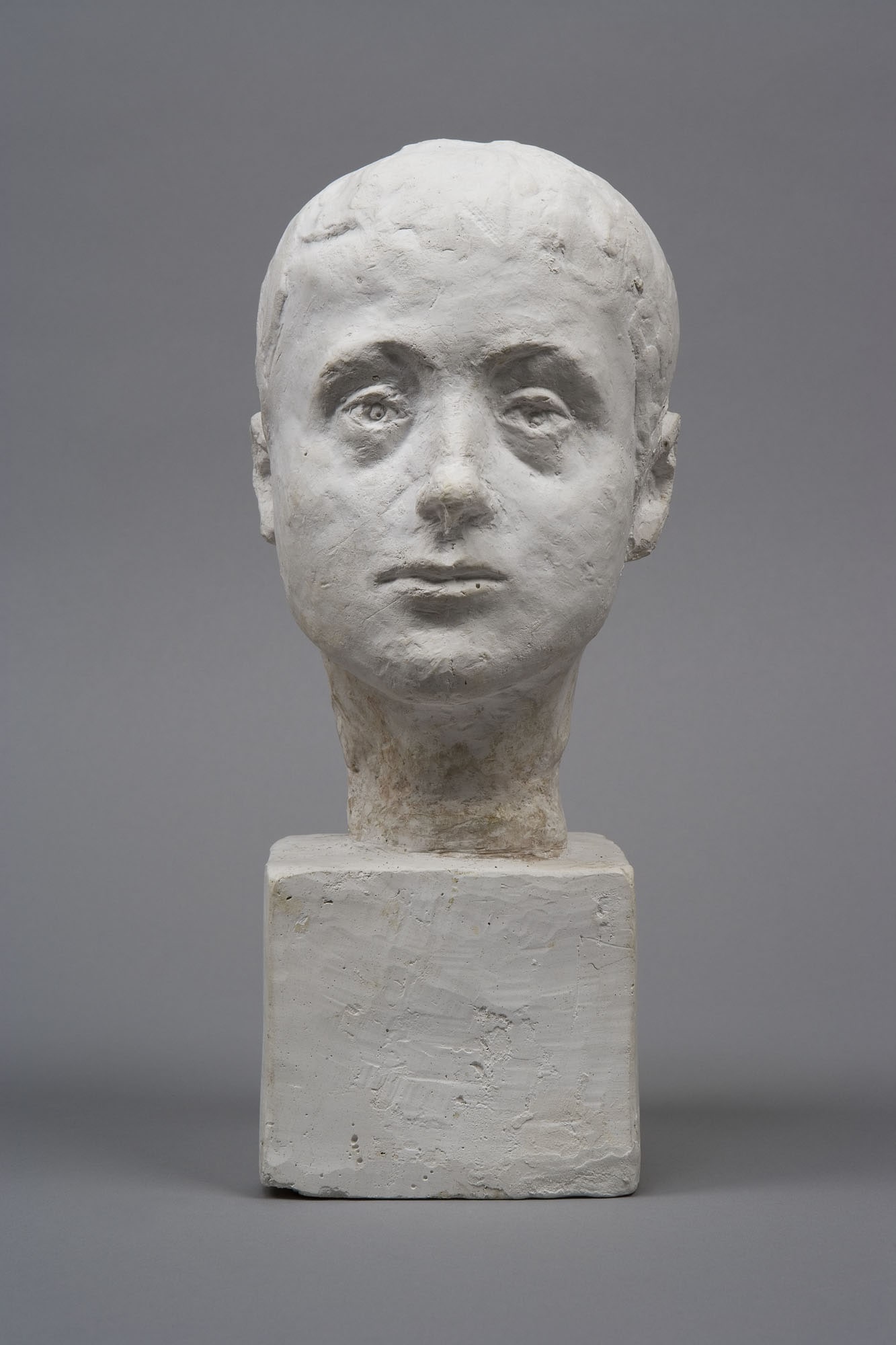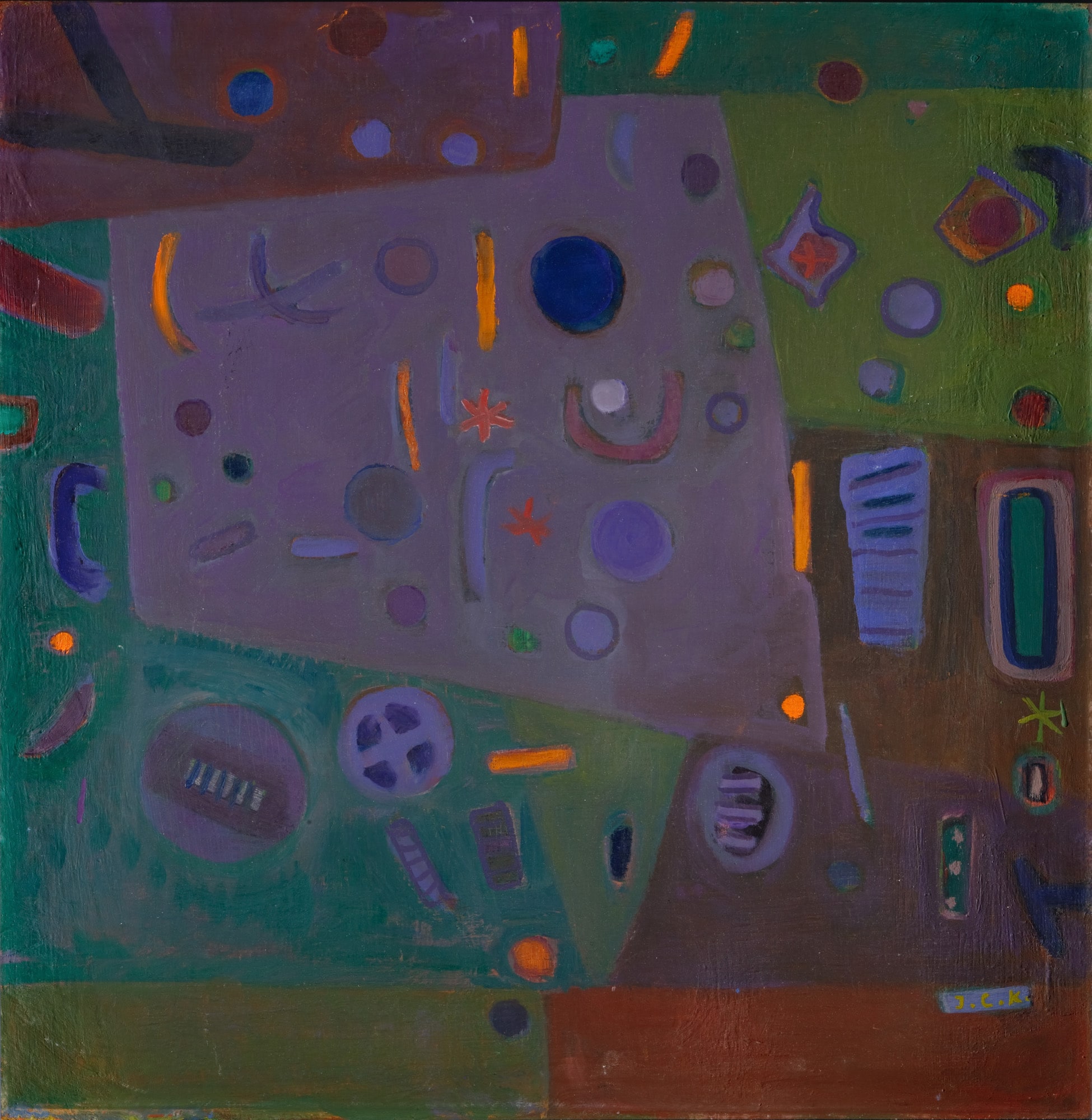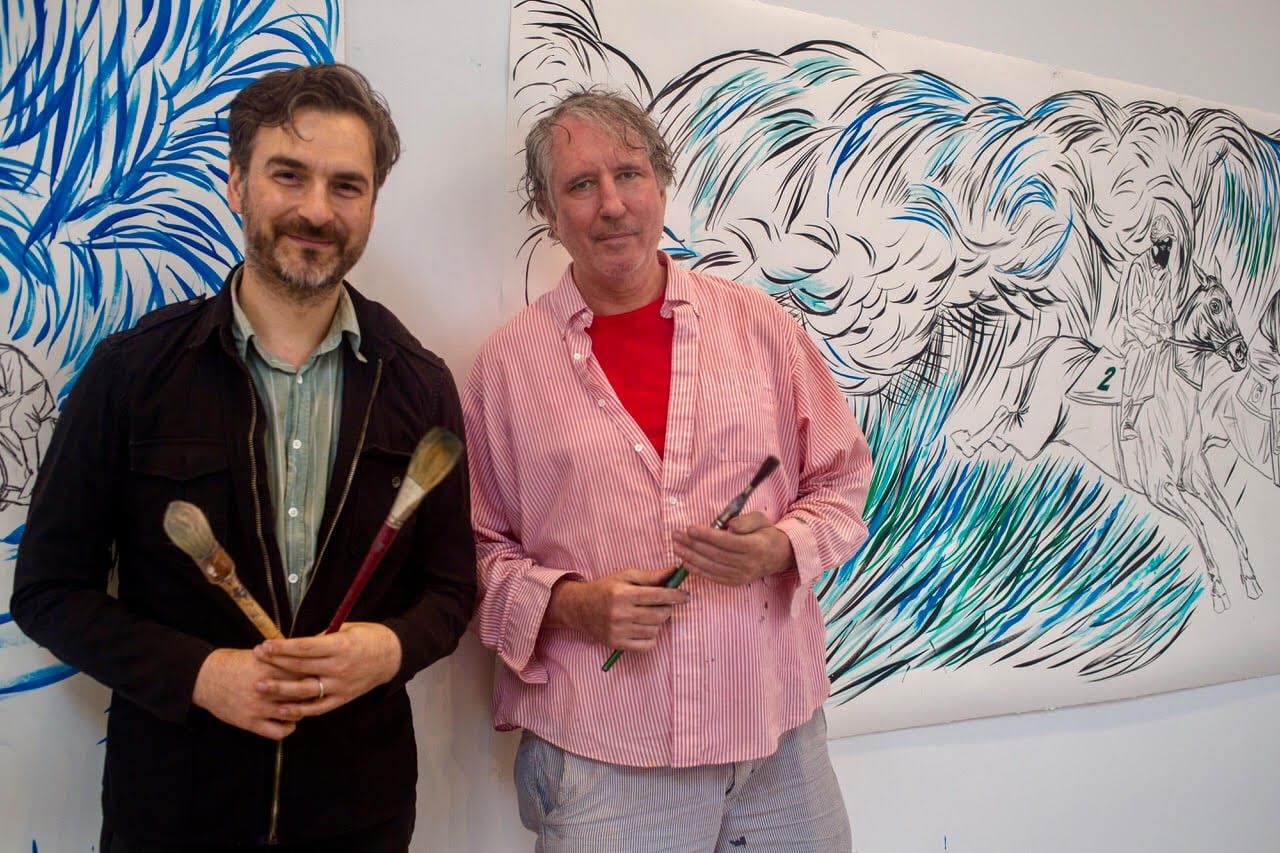Color in early cinema was used to charm the audience even further with the new medium. Initially applied by hand, film coloring gradually became much sophisticated and semi-automatized, until it disappeared completely with the advent of sound. Whether realistically colored (like the ones showing the latest fashions) or completely fantastic (like the fairy tales) films lose much of their relevance if presented in black&white.
Accompanied with the performance of silent movie musician Stephen Horne and presentation by Mariann Lewinsky, following films from Eye Filmmuseum’s collection will be screening:
Danse des Ouled-Naïls / Dance of Ouled- Naïls
Obsession d’or / Obsession with Gold
Mode der tasschjes te Parijs
Excerpt from Brodeuses Hongroises / Hungarian embroidery / fragment
Voyage Sur Jupiter / Journey to Jupiter
Fantasia of Color trailer

Organized in collaboration with the Giacometti Foundation, Paris, the exhibition explores Giacometti’s prolific life, most of which the artist led in his studio in Montparnasse, through the works of his early period as well his late work, including one unfinished piece. Devoted to Giacometti’s early works, the first part of the exhibition demonstrates the influence of Giovanni Giacometti, the father of the artist and a Swiss Post-Impressionist painter himself, on Giacometti’s output during these years and his role in his son’s development.

A firm believer in the idea that a collection needs to be upheld at least by four generations and comparing this continuity to a relay race, Nahit Kabakcı began creating the Huma Kabakcı Collection from the 1980s onwards. Today, the collection can be considered one of the most important and outstanding examples among the rare, consciously created, and long-lasting ones of its kind in Turkey.

We meet at Marcel Dzama’s studio in Brooklyn on the occasion of his solo exhibition Dancing with the Moon at Pera Museum. On this freezing day in January, he welcomes us with a warm smile, and for a few hours, we step into his world filled with surreal characters, music, dance, politics, and play.
Tuesday - Saturday 10:00 - 19:00
Friday 10:00 - 22:00
Sunday 12:00 - 18:00
The museum is closed on Mondays.
On Wednesdays, the students can
visit the museum free of admission.
Full ticket: 300 TL
Discounted: 150 TL
Groups: 200 TL (minimum 10 people)